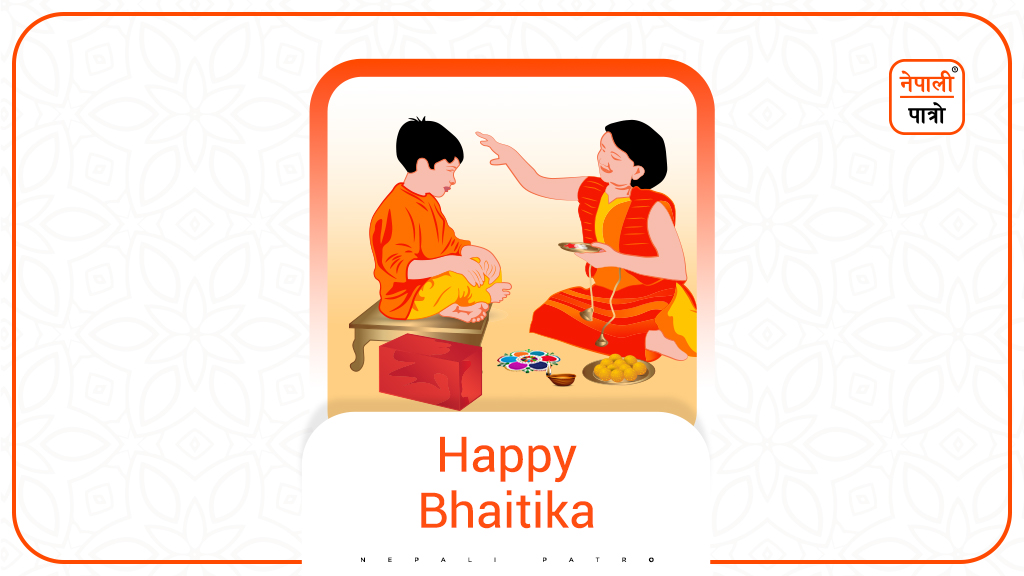
Bhai Tika
The fifth day of the Tihar festival is known as Bhai Tika when the sisters worship their brothers starting from the head, shoulders, and knees, apply aromatic oils on their hair, with a mixture of oil and water make circumambulations of three rounds of the brother/s, and administer the seven colors tika in a methodical manner. Although there are different festivals since the Crow Festival or Kag Tihar, all five days have the same significance as they all are related to Yamapanchak. On the day of Kartik Shukla Pratipada, after Gai Tihar (cow worship), Govardhan Puja, and family games (DhyutKrida), on the Dwitiya day the celebration of Bhai Tika begins.
The importance of gambling (DhyutKrida)
DhyutKrida (non-professional gambling) is a game played methodically by all members of a family sitting together and playing Kauda (the ‘bone cell’ of a sea insect under the Gastropoda, largest subclass of the ‘Mollusca’ category, the scientific name is Cypria, also called Cody) after worshipping it first. In this gambling, everyone should recite the following mantra and pray for victory.
या लक्ष्मीर्दिवसे पुण्य दीपावल्याश्च भूतले।
गवां गोष्ठे च कार्तिक्यां सा लक्ष्मी वरदा मम।
After DhyutKrida, the one who has won must perform a year-long house transaction, financial transaction, and yearly investment by those same hands.
The preparation of Bhai Tika Puja
After performing the daily routines, Diyo (oil lamp), Kalash (small copper jar with water), and Ganesh should be established. Then worship and perform puja to Yamraj in citrus fruits such as Bimiro etc. To prepare and keep all the worship materials ready for the worship of Markandeya and Ashta Chiranjeevi.
When worshiping by the method of 16 acts of homage one should prepare the following items for the process: 1. Flowers, 2. Karmapatra (to be built later), 3. Kush Kuz, 4. Jal/water, 5. Arghya (to be built later), 6. Achmani (water), 7. Bath (water), 8. Panchamrit (milk, curd, ghee, sugar, honey), 9. Purifier (water), 10. Sandalwood, 11. Akchata (white rice), 12. Naivedya (fruits or a dish that can be offered at a lot of places), 13. Clothing, 14. Janai, 15. Tambul (pan, betel nut, cardamom (any of them), 16. Dakshina (coins), 17. Sesame-barley, 18. Incense 19. Deepak (light) 20. Colors as vermillion etc, 21. Duna-Tapra (small and medium types of plate made from sal leaves), 22. Rice, and 23. water including other things 24. Prepare, and maintain water and other necessary materials.
Prepare seven colors, vermillion, flour, akshata, oil, garland, and confectionery including food, gifts, etc. for the Bhai Tika.
As the main doers (Karta) of this day are sisters, they themself should worship everything from Sankalpa (resolution) onwards.
In the beginning, the construction of the karmapatra should be done as follows:
In a small copper bowl, reciting ‘ॐ यद्देवा…’ to call the gods
Recite ‘ॐ पवित्रेस्थो…’ with pieces of Kuz and Pabitra (ring made out of Kuza grass worn on the fourth finger of the right hand on particular occasions)
Recite ‘ॐ शन्नो देवी…’ and put water
Recite ‘ॐ गन्धद्वारान्दुरा…’ and prepare sandalwood paste
Recite ‘ॐ अक्षन्नमीमदन्त…’ and prepare akshata
Recite ‘ॐ यवोसि…’ and prepare barley
Recite ‘ॐ तिलोसि सोम…’ and prepare sesame
Reciting ‘ॐ श्रीश्च ते…’ prepare flowers.
Then take three pieces of Kuz grass and water from karmapatra in your hand, sprinkle it on the puja materials, place of worship, and even on yourself.
Now, taking the water of Karma Patra in hand, make a vow with the wishes as “I worship gods like Yama, etc. for the attainment of longevity, health, prosperity and rise from all sides of me and my brothers’.
Pledge Resolution
पूर्वसंकल्प सिद्धिरस्तु। …….अद्येह अहं मम भ्रातृणां (भ्रातुः) च चिरायु–आरोग्य–ऐश्वर्य–सर्वोदय अभिवृद्ध्यर्थं यम–यमुना–यमदूत–सूर्यादि–नवग्रह–मार्कण्डेयादि–अष्ट–चिरञ्जीवीनां पूजनमहं करिष्ये।
Procedure and Worship Method
After pledging resolution establish the argha. After worshiping the Arghya with water, milk, curd, pieces of kuz, akshata, sesame, barley, mustard, dubo (Bermuda grass. Nepalese call it dubo ko ghaas. In Sanskrit, it is called Dhruva, durmara, durva), sandalwood, flowers, akshata, etc.
ॐ गङ्गे च यमुने चैव गोदावरि सरस्वति।
नर्मदे सिन्धुकावेरी जलेऽस्मिन् सन्निधिं कुरु।।
Reciting this mantra, purify the worshipping material with Arghya Jal (jal =water). After this, worship Deep-Kalash-Ganesh respectively. Imagining that the back of Yama is Shaddal (flower with four petals) or Ashtadal (lotus flower with eight petals), the same image of Padmakar Ashtadal should be written in the copper plate and Yami Raj should be worshiped by putting wrapped bimiro in a yellow cloth in the plate. Yamuna should also be consecrated (putting life into an idol/figure) and worshiped next to Yamaraj. After this (with flowers, sandalwood and Akshata in hand) the following mantra one should meditate and worship Yamaraj-
ॐ मेघश्यामं प्रसन्नास्यं नानालङ्कारसंयुतम्।
महिषस्थं दण्डधरं संस्तुतं पितृभिर्वृतम् ।
नानारूपधरैर्दूतैः श्वेतवस्त्रं भजेद्यमम् ।।
१. ध्यानं समर्पयामि, सपरिवारयमाय नमः।
२. आवाहनं समर्पयामि, यमाय नमः।
३. आसनं समर्पयामि, यमाय नमः। (Kuz grass and flower offering for a seat.)
४. पाद्यं समर्पयामि, यमाय नमः।
५. अर्घ्यं समर्पयामि, यमाय नमः।
६. आचमनीयं समर्पयामि, यमाय नमः।
७. स्नानीयं समर्पयामि, यमाय नमः।
८. पञ्चामृतस्नानं समर्पयामि, यमाय नमः।
९. शुध्दोदकस्नानं समर्पयामि, यमाय नमः।
१०. वस्त्रं समर्पयामि, यमाय नमः।
११. यज्ञोपतवीतं समर्पयामि, यमाय नमः।
१२. उपवस्त्रं समर्पयामि, यमाय नमः।
१३. तदन्ते आचमनीमं समर्पयामि, यमाय नमः।
१४. चन्दनं समर्पयामि, यमाय नमः।
१५. अक्षताः समर्पयामि, यमाय नमः।
१६. पुष्पं, पुष्पमालां समर्पयामि, यमाय नमः।
१७. धूपं आघ्रापयामि, यमाय नमः।
१८. दीपं दर्शयामि, यमाय नमः।
१९. नैवेद्यं निवेदयामि, यमाय नमः।
२०. फलं, ऋतुफलञ्च समर्पयामि, यमाय नमः।
२१. ताम्बूलं समर्पयामि, यमाय नमः।
२२. एतदन्ते आचमनीयं समर्पयामि, यमाय नमः।
२३. द्रव्यदक्षिणां समर्पयामि, यमाय नमः।
Then worship the messengers of Yamraj. In place of other deities worship should be done with coins, betel nuts, or flowers. Deities can be worshiped with sandalwood, akchata, flowers, incense, and lamps by the Panchopachara (consisting of 5 oblations) method. Doing one should recite the following mantra गन्धाक्षतपुष्पाणि समर्पयामि, नमस्करोमि, धूपं आघ्रापयामि, दीपं च दर्शयामि.
यमदूतेभ्यो नमः।
Prayers for Yamaduta (greetings with flowers, sandalwood, and Akshata in hand) –
ॐ नमोऽस्तु यमदूतेभ्यो बलिनां ये महाबलाः।
मनोऽनिलाक्रान्तवेगाः पाशमुद्गरधारिणः।।
मम सौख्यकराः सन्तु पीडयन्तु न मां क्वचित्।
ममापचरितं सर्वं विस्मरन्तु दयालवः।।
Then worship Yamuna:
१. ध्यानं समर्पयामि, यमुनायै नमः।
२. आवाहनं समर्पयामि, यमुनायै नमः।
३. आसनं समर्पयामि, यमुनायै नमः।
४. पाद्यं समर्पयामि, यमुनायै नमः।
५. अर्घ्यं समर्पयामि, यमुनायै नमः।
६. आचमनीयं समर्पयामि, यमुनायै नमः।
७. स्नानीयं समर्पयामि, यमुनायै नमः।
८. पञ्चामृतस्नानं समर्पयामि, यमुनायै नमः।
९. शुद्धोदकस्नानं समर्पयामि, यमुनायै नमः।
१०. वस्त्रं, उपवस्त्रं च समर्पयामि, यमुनायै नमः।
११. श्रीखण्डादि चन्दनं समर्पयामि, यमुनायै नमः।
१२. अक्षताः समर्पयामि, यमुनायै नमः।
१३. पुष्पं, पुष्पमालां समर्पयामि, यमुनायै नमः।
१४. नानाविधानि नैवेद्यानि, फलानि च समर्पयामि, यमुनायै नमः।
१५. तदन्ते आचमनीयं समर्पयामि, यमुनायै नमः।
१६. ऋतुफलं, ताम्बूलं च समर्पयामि, यमुनायै नमः।
१७. सुगन्धिद्रव्यं समर्पयामि, यमुनायै नमः।
१८. धूपं आघ्रापयामि, यमुनायै नमः।
१९. दीपं दर्शयामि, यमुनायै नमः।
२१. न्यूनतातिरिक्तये द्रव्यदक्षिणां समर्पयामि, यमुनायै नमः।
Yamuna prayer
ॐ यमस्वसुर्नमस्तेऽस्तु सूर्यपुत्रि नमोऽस्तु ते।
लोकमातर्नमस्तेऽस्तु नमस्ते विष्णुबल्लभे।
वरदा भव मे नित्यं यमुने लोकपूजिते।।
Then worship her maids too by the side of the Yamuna and pray:
यमुनापरिचारिकेभ्यो नमः।
ॐ पूजयामि नमस्तुभ्यं यमुनापरिचारिकाम्।
क्षमस्व मम कल्याणि यमुनापरिचारिके।।
Now worship the sun and all nine planets (Navagraha). Worship each deity with coins, betel nuts or flowers
ॐ सूर्याय नमः।
ॐ चन्द्राय नमः।
ॐ भौमाय नमः।
ॐ बुधाय नमः।
ॐ बृहस्पतये नमः।
ॐ शुक्राय नमः।
ॐ शनैश्चराय नमः।
ॐ राहवे नमः।
ॐ केतवे नमः।
Then worship Ganesha, Shiva, Bishnu and Brahma.
ॐ गणपतये नमः।
ॐ शिवाय नमः।
ॐ विष्णवे नमः।
ॐ ब्रह्मणे नमः।
Worshiping the Ashtachiranjeevi and Chitragupta –
ॐ मार्कण्डेयाय नमः।
ॐ व्यासाय नमः।
ॐ द्रौणये नमः।
ॐ परशुरामाय नमः।
ॐ कृपाय नमः।
ॐ बलये नमः।
ॐ हनुमते नमः।
ॐ विभीषणाय नमः।
ॐ चित्रगुप्ताय नमः।
Now, with reciting the manta: ‘ॐ अग्निर्ज्योति…’ and worshiping by lamps, one should offer flowers and pray the yam mantra as mentioned below. After reciting the following Yama Prarthana, the worship will continue.
ॐ धर्मराज नमस्तुभ्यं नमस्ते यमुनाग्रज ।
पहि मां किङ्करैः सार्धं सूर्यपुत्र नमोऽस्तु ते ।।
सौम्यानां सौम्यरूपाय पापिनां क्रूररूपिणे ।
अखर्व गर्वशमन कालकाल नमोऽस्तु ते ।।
Prayers of AshtaChiranjeevi (holding flowers, sandalwood, and Akshata in hand) –
ॐ मार्कण्डेय महाभाग सप्तकल्पान्तजीवन।
चिरजीवी यथासि त्वं तथा मे भ्रातरं कुरु।।
ॐ अज्ञानतिमिरे मग्नं जगद्ज्ञानैकचक्षुषा।
उद्धृतं येन मुनिना तस्मै व्यासाय ते नमः।।
ॐ सर्वोपकारकरणे शक्तं रामं शस्त्रभृतां वरम्।
पितृचित्तानुगं विप्रं पूजयामि नमोऽस्तु ते।
ॐ ब्राह्मणाय नमस्तुभ्यं द्रोणाचार्यसुताय वै।
वेदवेदाङ्गपूर्णाय अश्वत्थाम्ने नमो नमः।।
ॐ सप्तर्षिप्रवरं देवं वीरं विप्रस्वरूपिणम्।
कृपं नमामि सततं वरदो भव सर्वदा।।
ॐ बलिराज नमस्तुभ्यं नमस्ते विष्णुबल्लभ।
भविष्येन्द्र सुराराते वरदो भव सर्वदा।।
ॐ राजैकभक्तमुकुटे रत्नज्योतिः स्वरूपिणे।
भविष्यद् ब्रह्मणे तुभ्यं नमो हनुमते नमः।।
ॐ विभीषण नमस्तुभ्यं नमस्तेऽसुरसत्तम।
राजभक्त नमस्तुभ्यं पाहि मां सर्वदाऽनघ।।
ॐ मार्कण्डेयो बलिव्र्यासो हनूमांश्च विभीषणः।
कृपो द्रौणिः परशुरामो चाष्टैते चिरजीविनः।।
(Offering of flowers)
Then worship the Lomus Sage
ॐ लोमशाय नमः।
Prayer to Lomus Sage-
ॐ लोमशं सततं नौमि पूजयामि पुनः पुनः।
हृल्लोमदर्शनात्तस्य ब्रह्मसंख्यानुमीयते।।
बकदाल्भ्यमुनिं नौमि शान्तं संगतमानसम्।
अस्योदासीन्यलेशान्तं गतिं कालत्रयं सदा।
–Sisters should pray Yamuna –
ॐ जटिलाः श्मश्रुला दक्षास्त्वग्धमन्यस्थिरूपिणः।
मम पापहराः सन्तु सोमसूर्याग्निवर्चसः।।
यथास्ति यमुना देवी यमेयं भ्रातृशालिनी।
तथा मे भ्रातरः सन्तु प्रतिजन्मसु सुव्रताः।।
After this, the sisters should worship their brothers and pray:
ॐ मार्कण्डेय नमस्तेऽस्तु नमस्ते महदायुषे।
चिरायुस्त्वं यथा लोके तथा भ्राता भवेन्मम।।
यत्प्राप्ता च यमुनया यमराजस्य पूजनात्।
तथा ममापि सकलं भवेज्जन्मनि जन्मनि।।
आयुर्लक्ष्मीर्यशोधैर्यं निर्भयत्वमरोगिता।
वाक्पटुत्वमजाड्यञ्च जायतां तव सर्वदा।।
Now the brothers should worship the sisters and pray:
ॐ त्वं लक्ष्मीस्त्वमपर्णासि ब्राह्मी त्वं च सरस्वती।
त्वत्पूजनात् भवेयुस्ताः पूजिता मम सर्वदा।।
आयुर्लक्ष्मीर्धनं धान्यं पाश्वादिकमरोगिता।
सर्वं त्वदर्चनाद्दीप्तं भवेज्जन्मनिजन्मनि।।
Mantra to worship and pray for an unmarried sister:
ॐ दयानिधिस्तुल्यवयः स्वरूपो
गुणैकपूर्णः कुशलः शतायुः।
क्षितीन्द्रनाथो निजधर्मबुद्धि–
श्चित्तानुगस्ते पतिरस्तुु कन्ये।।
After this, performing arghyadan with Purnapatro and donations should be made to the Brahmin.
After this, the sisters worship and pray for the brothers, with mixed oil in a water-filled urn circumambulate the brothers three times.
And put seven colors of tika on their brother’s foreheads and feed them at one’s own homes.
As far as possible, it is the duty of the sisters to invite the brothers to her house on this day for Bhai tika, worshipping them and vice versa, and feed them at her own house. It is the duty of the brothers to give due respect to sisters with proper gifts, Dakshina, etc. It is written in religious scriptures that brothers should not take any kind of gift as clothes etc from sisters. Therefore, brothers should give gifts to their sisters, not take from them. But the scripture says that brothers must eat at their sister’s house that day:
भ्रातस्तवानुजाताहं भुङ्क्ष्व भक्तमिदं शुभम्।
प्रीतये यमराजस्य यमुनायां विशेषतः।।
After this, one should conclude the ceremony by immersing the established deity in a proper place, receiving tika from the brothers, receiving offerings, and spending the day happily.
The Conclusion / Epilogue of Bhai Tika.
All five days, from Kag Tihar to Bhai Tika (Bhatri Dwitiya), are considered very important. More than 11 deities are worshiped including crows, dogs, Lakshmi, Cow (Gaumata), Gobali (bull and ox), Govardhan, Yamaraj, Dhanvantari, Yamuna, and Bhai Tika. Mha: Puja is its special and different aspect. Since Mha: means soul worship, all human beings have to take this Mha: Puja worships seriously. First of all, Mha:, Puja’s message is first to recognize your inner soul, and then act outwardly. The lamp ritual in Dipawali is to brighten the outward environment in the same way humans must cleanse the inner soul by brightening and clearing the inside, by removing negative thoughts, and by promoting positive thinking as well as the well-being of all beings. Thus, the message of Yamapanchak or tihar is the growth of positive thinking and the welfare of all beings.
Tihar has also conveyed the message that from a two-legged crow to a four-legged dog should be worshiped, as well Goddess Lakshmi, the goddess of wealth and that a never-ending lifelong relationship between brothers and sisters should be maintained. Move forward for the welfare of the animal kingdom by worshiping the pillars of nature such as cows, oxen, Govardhan mountain for the production of natural resources, grains, etc. Tihar has also conveyed the message of Brothers and sisters should maintain a lifelong and unbroken relationship of happiness and well-being. We all humans on the earth while keeping the world at the forefront of our thinking, should stay close to nature and protect nature without harming nature in any way. To Read this article in the Nepali Language please click here.
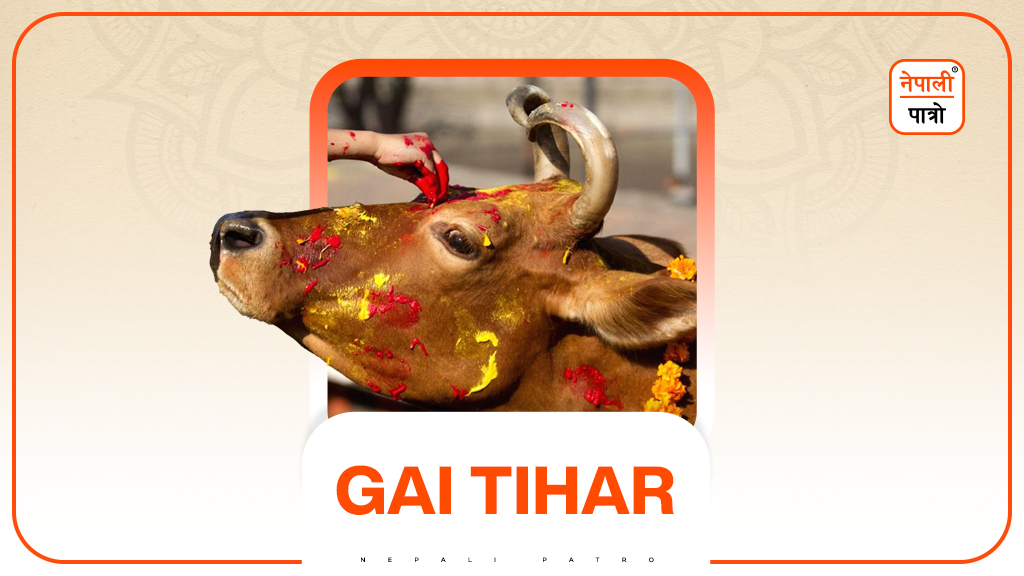
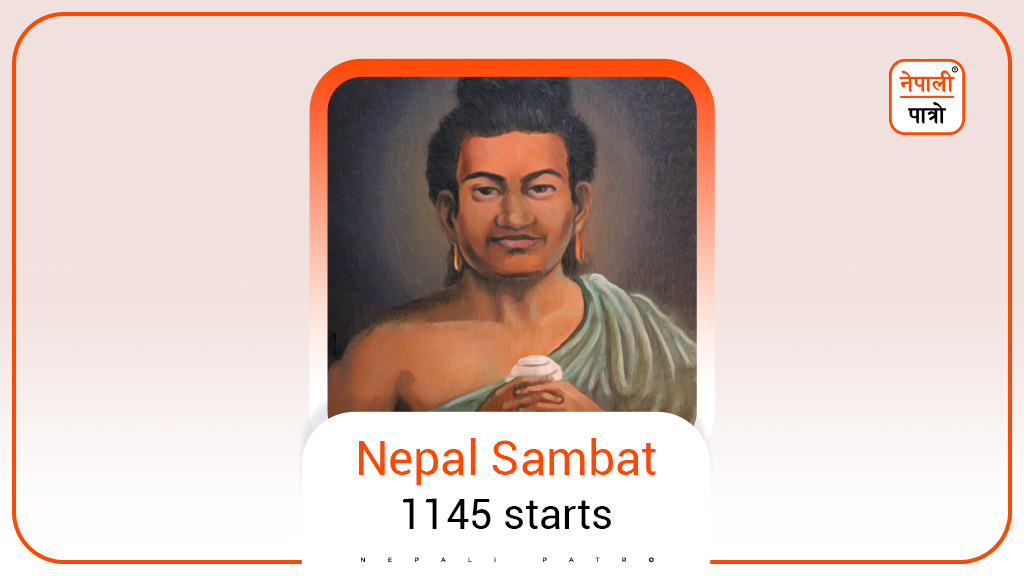
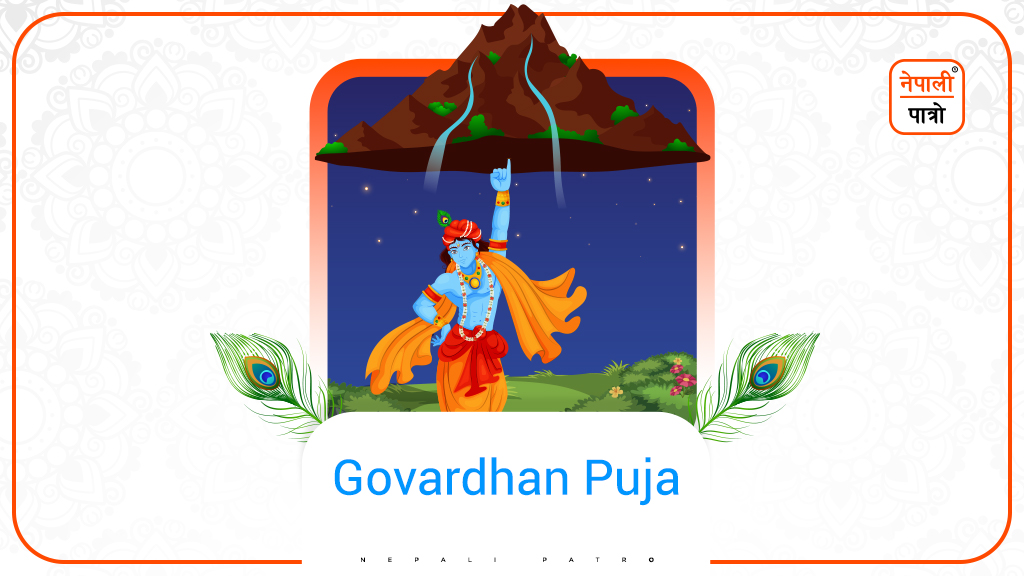
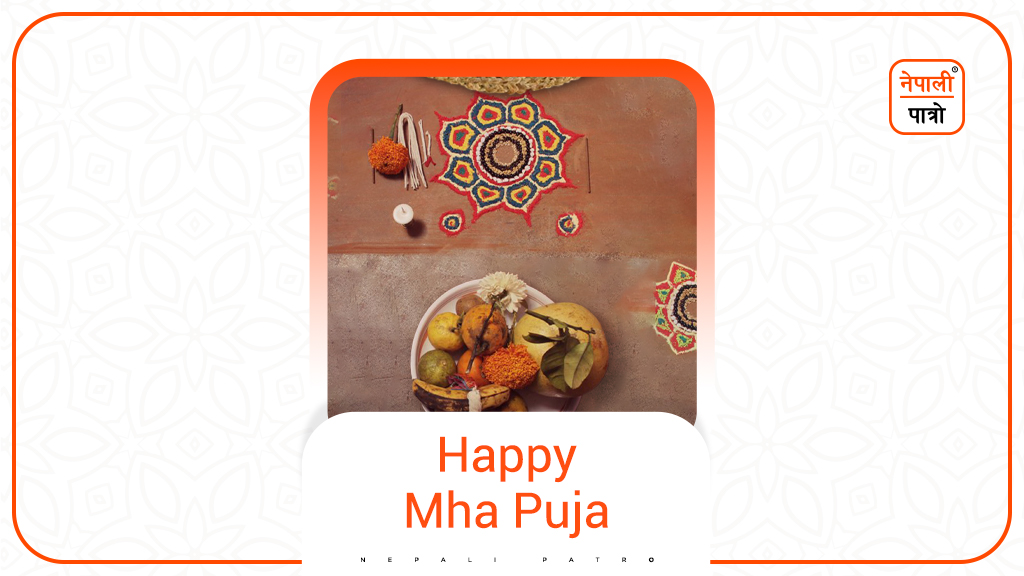
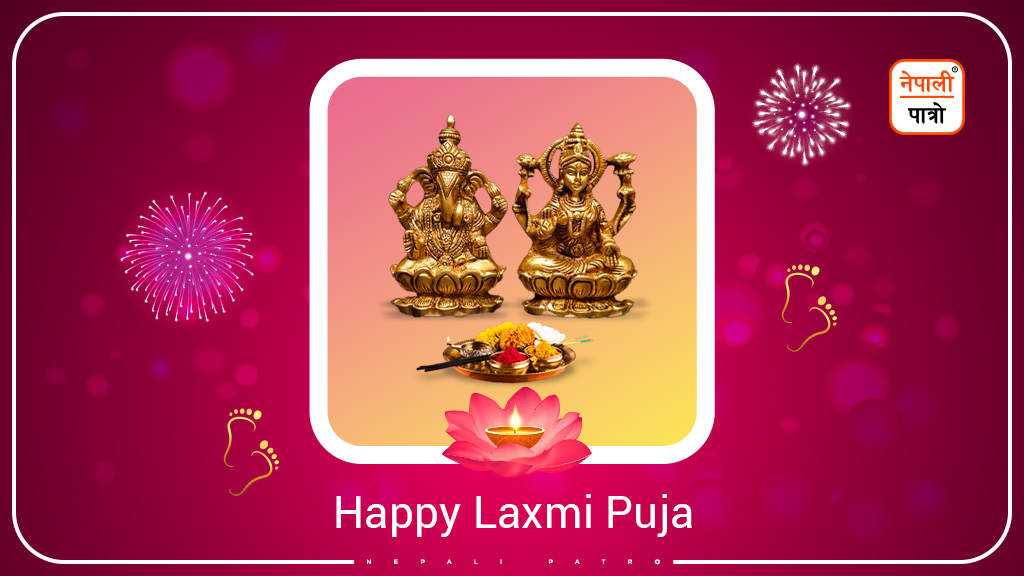
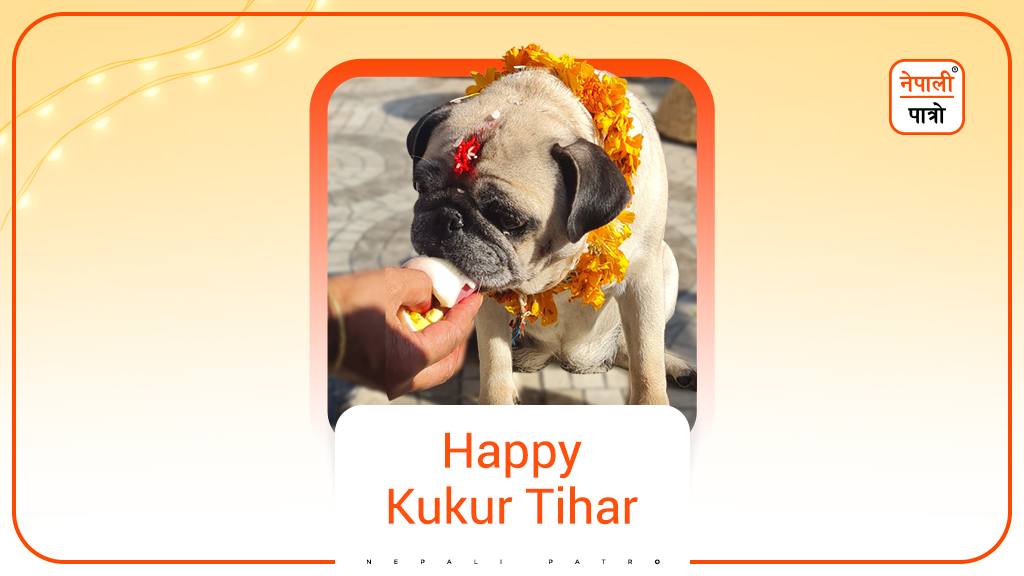
October 26, 2022 3 years
Bhai tika ko subkmana
October 27, 2022 3 years
wow
October 29, 2022 3 years
very nice and to good
September 27, 2024 1 year
Bhai tika Kati baje ko sait xa
October 30, 2024 1 year
tachurkoot rota
November 1, 2024 1 year
1234